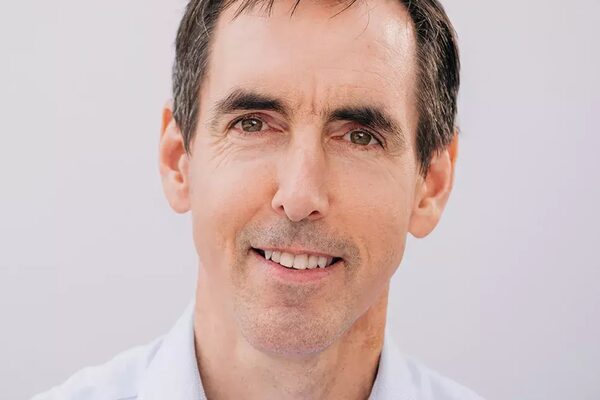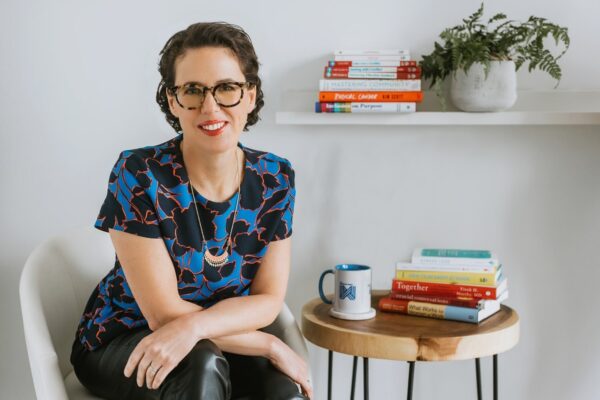
If you strip away any limiting beliefs about what you know how to do, what is the one big goal that you would commit your energy to achieving?
I know of no one whose story provides as powerful a roadmap for how to pursue an unreasonable goal than my friend Mark Pollock.
Mark would point out that even as he has lost the most basic abilities we take for granted – he cannot see and he cannot walk – those losses simply make him what we each are when we take on work larger than ourselves. None of us possesses, at first, the powers that we need. Each of us must make our road.
Mark was born in Northern Ireland. He was blinded in his right eye at the age of five and couldn’t play team sports for fear that his other eye might be damaged. Nevertheless, he saw himself as an athlete, rowed competitively, and captained the rowing team at Trinity College, Dublin. Then, at twenty-two, he suffered a detached retina in his left eye. He went blind.
Plunged for a while into crisis, Mark reaffirmed his identity as an athlete. He returned to rowing and won medals for Northern Ireland in the Commonwealth Games. He ran an ultramarathon in the Gobi Desert, six marathons in seven days, running next to a sighted partner. On the tenth anniversary of his blindness, he competed as part of a team racing to the South Pole. His team of three journeyed for 43 days, each pulling two-hundred-pound sleds. They completed the race; they reached the pole.
The next year, tragedy struck.
Mark fell out of a friend’s third-story window. He fractured his skull; his spine was broken in two places. He was paralyzed.
There in his hospital bed, a marathoner and explorer rendered unable to move his legs, Mark decided on his life’s work. He would find a way to make it possible for people like him, who suffered from spinal paralysis, to move. He, and his partner Simone beside him in the hospital, initially had no hypotheses about how this could be achieved. They had at first no relevant connections. They had no financial resources to speak of. Mark was as powerless in relation to this goal as one could imagine being – but he was resolved that this would be his work.
Nick Warren, who is building a corporate university at First Quantum Minerals, invited me to compose a podcast to share with their global team. I chose to tell Mark’s story, offering it as a sixteen-minute guided meditation on how to pursue an unreasonable goal.
I invite you to begin with an answer—even a provisional answer—to the question with which I begin this post: If you strip away any limiting beliefs about what you know how to do, what is the one big goal that you would commit your energy to achieving?
Bring that answer into this telling of Mark’s story, through which I weave a map in five parts for how you can pursue your unreasonable goal.
- Pause—and focus—and commit
- Gather pieces of the puzzle you can’t solve
- Crystallize a picture of what will take you to the next level of the game – make that the compass
- Become a more perfect instrument of your purpose, letting what is hard in the work teach you how
- As you reach the next level, let go of the machine you built to get you there – and begin the journey to the level beyond, giving yourself permission, again, to reach beyond your grasp
Now pause for a moment – and begin.

Solving for the One Big Goal – Play Podcast
Post image taken from Mark's Tweet



